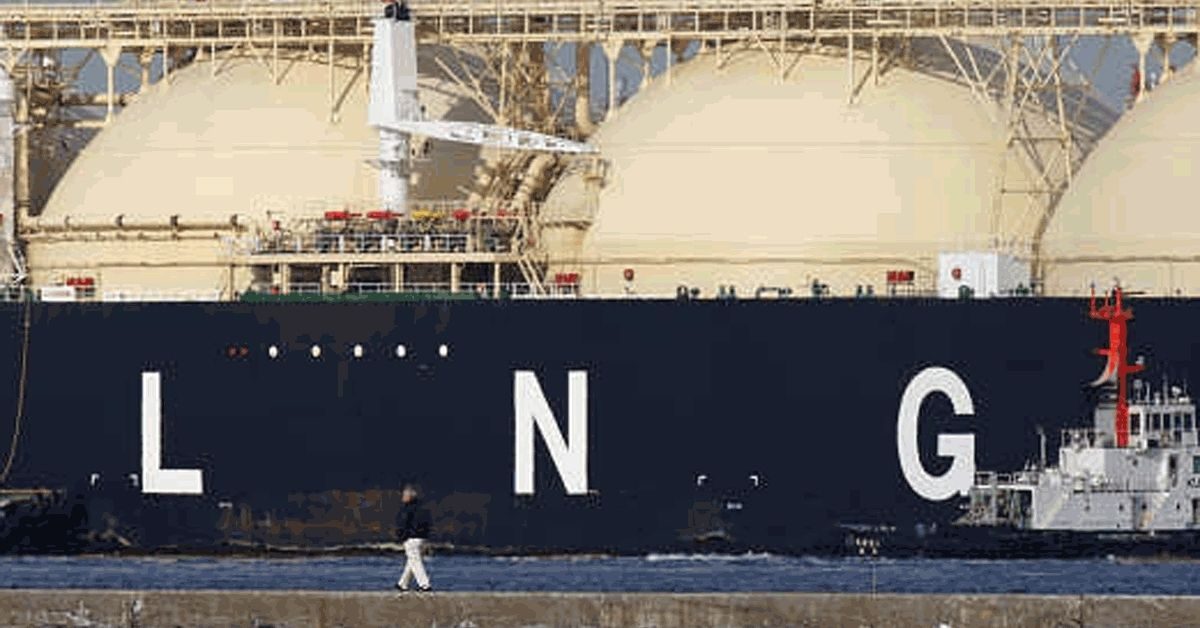India has set ambitious targets to become one of the world’s biggest LNG importers by more than doubling the share of gas in its energy mix to 15 per cent by 2030, helping attract a wave of infrastructure investment.
But the LNG import market has shrunk since the Covid-19 pandemic and Russia’s invasion of Ukraine, which pushed prices far higher than domestic fuels such as coal.
India’s LNG imports rose for three consecutive months starting in March, with imports in May reaching 2.7bn cubic metres, according to Refinitiv. While still below pre-pandemic levels, companies argue the 66 per cent growth in imports in May compared to February heralds the beginning of a boom for India’s LNG sector.
Petronet, the country’s largest importer, said last month it expects a “huge jump” in demand, while Adani Total, a joint venture between the French energy major and the embattled Indian group, said it expected “momentum and boost in the demand across India”.
Adani Total in late May opened a new LNG terminal in Dhamra, on India’s eastern coast, with 5mn metric tonne per annum regasification capacity. It is the most significant development between the pair since US short seller Hindenburg Research in January accused Adani of engaging in fraud and market manipulation. Adani vehemently denies the allegations.
Total and Adani struck the agreement to build Dhamra in 2018, their first project together. Total went on to invest more than $3bn across city gas distribution and solar power with Adani, though it paused a planned $4bn investment in a green hydrogen venture following Hindenburg’s allegations.
The French company has defended its continued relationship with Adani. The Dhamra terminal “reflects TotalEnergies’ ambition to support India’s energy transition and supply security”, Total said in April.
Analysts said the Dhamra terminal is poised to capture gas demand in India’s less developed but populous east. “It’s a crucial terminal [as] India is trying to achieve 15 per cent gas,” said Ayush Agarwal, an analyst with S&P in India.
Yet the outlook for India’s LNG market remains uncertain. Agarwal said he does not expect demand to pick up significantly until next year onwards, while India’s existing LNG infrastructure remains heavily underutilised.
Apart from Petronet’s Dahej terminal in the western Indian state of Gujarat, the remainder of India’s six LNG import terminals had a utilisation rate lower than 40 per cent in the year ended March, according to data from the Ministry of Petroleum and Natural Gas.
LNG also remains an expensive fuel source with volatile prices. LNG headed for India is priced just below $10/mmbtu, according to price reporting agency Argus, higher than domestically produced gas at $8.27/mmbtu for May and $6.50/mmbtu for gas from older fields.
“Domestically produced coal remains far cheaper on an energy basis than imported LNG, so there’s little scope for fuel-switching for power generation,” said Matthew Drinkwater, head of gas and power analysis at Argus.
Drinkwater said the fertiliser sector — which accounts for a third of gas demand — could start using more LNG to make products such as urea or ammonia. But he added that “an overnight jump in LNG demand from the fertiliser sector isn’t in the offing” because it is still competitive to simply import the finished products. Analysts are divided over whether India can meet its 15 per cent target on time. “Covid and the Russia-Ukraine war has really impacted demand for LNG in the country,” said Hengky, an analyst with Refinitiv. But he added that, with the recent drop in prices, the target is looking “more plausible”.







